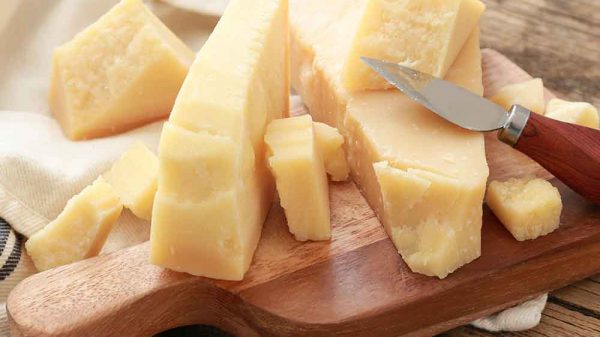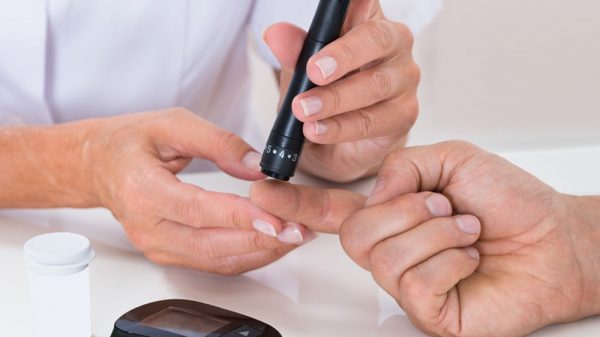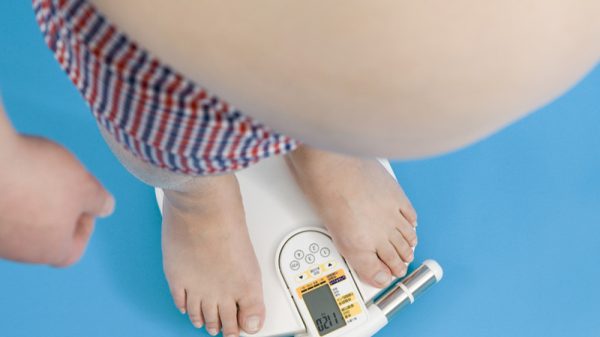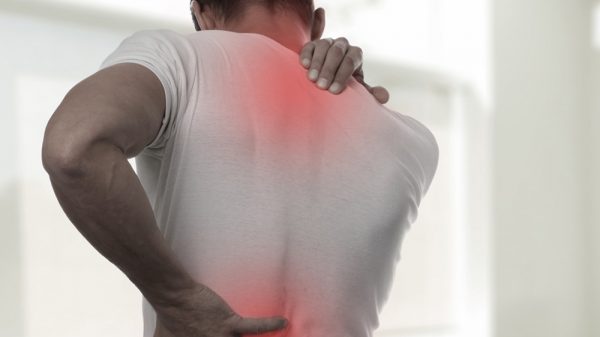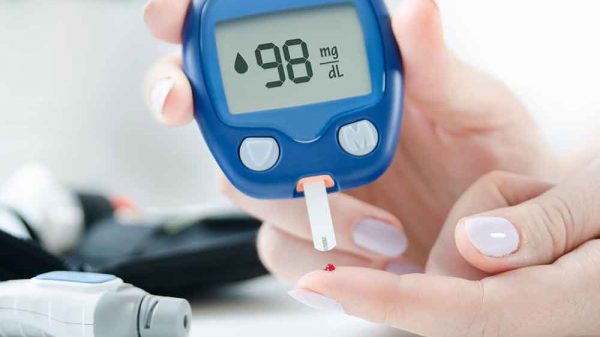Cholesterol is often demonized when it comes to markers of health and disease. Having high cholesterol is a risk factor for heart disease, and is associated with several metabolic conditions, including fatty liver disease. First, let’s look at LDL and VLDL cholesterol, and how they differ from HDL cholesterol. Then we’ll go through the five things you must do to lower LDL and VLDL cholesterol levels.
What Is VLDL Cholesterol vs. LDL and HDL?
HDL, LDL, and VLDL refer to different types of lipoproteins that are made of protein and triglycerides. These three different kinds of cholesterol structurally differ based on the amount of protein and triglycerides that comprise each type.
High-density lipoprotein (HDL) cholesterol is regarded as the good kind of cholesterol. HDL plays an important role in transporting LDL and VLDL cholesterol to the liver to be metabolized and prepared for removal from the body. Therefore, it’s important to have sufficient amounts of HDL cholesterol to also maintain healthy levels of LDL and VLDL cholesterol. HDL cholesterol particles are comprised of a higher proportion of protein and lower proportion of triglycerides, in comparison to LDL and VLDL cholesterol.
Low-density lipoprotein (LDL) cholesterol and very low-density lipoprotein (VLDL) cholesterol are regarded as the bad kinds of cholesterol that contribute to cardiovascular disease. LDL cholesterol particles have more triglycerides and less protein than HDL cholesterol particles. Because they are less dense, LDL particles are also larger than HDL particles. VLDL particles have the highest ratio of triglycerides to protein and are the largest of the three types of cholesterol.
What is the function of triglycerides? Excess triglycerides are detrimental to your health and may signify an increased risk of heart disease at very high levels. At the same time, lower levels of triglycerides provide a form of energy to power your body. After you eat, and especially if you consume a high-sugar meal, any excess blood sugar that goes unused turns into triglycerides that are then deposited in fat storage areas throughout the body.
Getting Your Cholesterol Tested
To test your cholesterol levels, your doctor will order a lipid panel. Getting your cholesterol tested requires providing a blood sample that a laboratory then uses to assess the lipid profile of your blood. You will be asked to fast for 8-10 hours prior to your blood test, since eating may cause inaccurate measurements of blood cholesterol levels.
Guidelines for Healthy Cholesterol Levels
The American Heart Association provides very detailed guidelines for healthy cholesterol levels. (1) If you have diabetes, have heart disease, medical guidelines suggest that your LDL levels should be lower than for the average person who doesn’t have risk factors for metabolic syndrome and heart disease. Ideal ranges will also vary depending on age and gender.
However, in general, guidelines for healthy cholesterol levels are as follows:
- LDL cholesterol: LDL cholesterol levels should fall between 100-129 mg/dL, though lower LDL is advised for individuals with diabetes or heart disease.
- HDL cholesterol: Ideal levels of HDL cholesterol should be around 60 mg/dL, with less than 40 mg/dL being problematically low. If your HDL is too low, it is crucial to take steps to increase your HDL cholesterol.
- Total cholesterol: Total cholesterol should not exceed 200 mg/dL.
- Triglycerides: Healthy levels of triglycerides should fall below 150 mg/dL.
- VLDL cholesterol: On a routine lipid panel, VLDL cholesterol is not usually assessed. LDL levels tend to be more useful indicators of risk for heart disease and related complications. If VLDL levels are assessed, they are calculated by using other values on the lipid panel. It is generally advised that VLDL should not rise above 30 mg/dL.
What the Cholesterol Ratio Means
Sometimes, heart disease risk is assessed using cholesterol ratios. Your physician will determine a cholesterol ratio by taking your total cholesterol count and dividing it by your HDL cholesterol count. This cholesterol ratio should ideally fall between 1 and 3.5, which signifies that HDL cholesterol comprises a significant portion of your total cholesterol.
If your cholesterol ratio is above 3.5, this means that your HDL cholesterol doesn’t make up a significant proportion of your total cholesterol. This, in turn, indicates that LDL and VLDL cholesterol comprise a more significant portion of your total cholesterol, which puts you at a higher risk for atherosclerosis and heart disease.
Why It’s Important to Lower LDL and VLDL Cholesterol Levels
Cholesterol is an important marker of metabolic health. Keeping LDL and VLDL levels low is critical to lowering your risk for heart disease, heart attack, and stroke.
LDL and VLDL cholesterol particles, because they contain a higher proportion of fat, tend to accumulate on the sides of arterial walls to form plaques, if present in excess. This process is called atherosclerosis. As cholesterol and other particles in the blood accumulate to form plaques, blood flow is impeded. Plaques can eventually cut off blood flow altogether, which deprives tissues of oxygen and essential nutrients, causing cell death. High LDL and VLDL levels markedly increase your risk of developing coronary heart disease and experiencing a heart attack or stroke.
Risk factors for developing high levels of LDL cholesterol include:
- Obesity
- High blood pressure
- Diabetes
- Insulin resistance
- Fatty liver disease
- A family history of high cholesterol and cardiovascular disease
Get your cholesterol levels checked on a regular basis at your physician’s office. Depending on your cholesterol test results, your doctor may advise you to take cholesterol-lowering medications, such as statins. Medication, diet changes, and lifestyle changes can work together to improve your cholesterol levels. It’s important to monitor your cholesterol levels to make sure that they continue to lower and remain in a healthy range.
5 Steps for Lowering LDL and VLDL Cholesterol Levels
If you have bad cholesterol levels, know that they don’t have to stay that way! There are many things you can do at home to help improve LDL and VLDL levels. Cholesterol levels, like other markers of metabolic disease, is highly responsive to diet and lifestyle changes. Keep in mind that most research focuses on lowering levels of LDL cholesterol. However, the factors that lower LDL will also effectively lower VLDL to yield positive outcomes for your cholesterol levels.
1. Follow a Primarily Plant-Based Diet
Diets that are based mainly on plant foods have consistently shown promise in improving cholesterol levels. Research published in Nutrition Reviews conducted a meta-analysis of numerous studies to assess the connection between plant-based diets and blood lipid profiles. Results revealed that consuming a plant-based diet was associated with lower levels of total cholesterol, LDL cholesterol, and HDL cholesterol. (2)
Of course, eating a plant-based diet doesn’t mean you should never, ever eat animal products. Strive to eat occasional servings of high-quality meats like fatty fish and chicken breast. In terms of dairy products, nonfat, low-sodium, and low-sugar cheese, yogurt, and whey protein are good options.
2. Increase Your Fiber Intake
By following a plant-based diet, your fiber intake will naturally go up. All plant foods are filled with insoluble and soluble fiber. Insoluble fiber passes through the digestive system unaltered, while soluble fiber dissolves in water and slows down the digestive process. Soluble fiber, in particular, is correlated with lower levels of LDL cholesterol and works by blocking some cholesterol from entering the blood. You can get soluble fiber from a vast array of foods, including oats, lentils, beans, apples, oranges, potatoes, and rice bran.
3. Replace Bad Fats with Good Fats
First, let’s define what bad fats and good fats are. Saturated fats and trans fats are bad fats, while polyunsaturated and monounsaturated fats are good fats. Saturated fats and trans fats are associated with high levels of bad cholesterol and contribute to inflammation, weight gain, and insulin resistance. Steer clear of saturated fats, which are primarily found in full-fat dairy products, fatty cuts of meat, and processed foods. Trans fats are found in fried foods, packaged foods, and baked goods.
Swap out these bad fats for healthy fats. Getting adequate amounts of polyunsaturated and monounsaturated fats in your diet is crucial for lowering inflammation and boosting good cholesterol levels while decreasing bad cholesterol levels. Healthy fats are also crucial for promoting brain health, reducing liver inflammation, and supporting healthy immune response. You can find healthy fats in avocado, pecans, walnuts, hemp seeds, pumpkin seeds, almonds, olive oil, and sunflower oil.
Omega-3 fatty acids are particularly effective for improving cholesterol levels. Fatty fish like salmon, mackerel, sardines, anchovies, and tuna are excellent sources of the omega-3 fatty acids eicosapentaenoic acid (EPA) and docosahexaenoic acid (DHA). Flaxseeds and chia seeds afford the plant form of omega-3 fatty acids, or alpha-linolenic acid (ALA).
4. Get Optimal Ratios of Essential Amino Acids
Amino acids are the smallest units of protein and play a critical role in supporting all enzymatic reactions including synthesizing muscle tissue and building neurotransmitters. Essential amino acids are those that are nutritionally required since we can’t synthesize them. The nine essential amino acids are histidine, threonine, methionine, lysine, leucine, isoleucine, valine, phenylalanine, and tryptophan.
Research shows that getting optimal ratios of essential amino acids may play an important role in lowering LDL cholesterol levels and triglycerides. A study published in the Journal of Endocrinology, Diabetes, and Obesity found that supplementing with a combination of essential amino acids and phytosterols promoted lower levels of total cholesterol, LDL cholesterol, and triglycerides. (3)
Most plant sources of protein contain incomplete profiles of essential amino acids. If you’re following a primarily plant-based diet, it may be difficult to ensure that you consistently get optimal ratios of essential amino acids. To get ideal amounts of essential amino acids, it is crucial to consume a variety of vegetables, nuts, beans, seeds, and whole grains throughout the day. Soy products, like soybeans, tofu, and tempeh, are the only plant-based protein sources that supply complete ratios of essential amino acids. Occasional servings of high-quality fish, meat, and dairy can provide essential amino acids, even on a plant-based diet. It may also be a good idea to seek out a high-quality supplement to ensure that you consistently get all the essential amino acids that your body requires.
5. Exercise and Weight Loss
Increasing your physical activity and losing weight- if needed – have positive impacts on cholesterol levels. Consistent exercise is connected to increase HDL levels. More HDL cholesterol in the bloodstream means that there are more HDL particles removing LDL cholesterol to the liver to be processed for excretion.
Exercise also lowers cholesterol levels by helping attenuate obesity, which is a major risk factor for high LDL and VLDL levels. Exercising consistently helps the body burn more calories, which then allows the body to utilize fat stores for energy. Weight loss requires the body to be in a calorie deficit and burn more energy than it consumes. If you monitor your LDL cholesterol levels over time, you should see a downward trend that is associated with decreasing weight.
In addition to helping improve cholesterol levels, exercise and weight loss also have therapeutic effects on other conditions associated with high LDL cholesterol. Consistent cardio and weight loss help decrease fat accumulation in the liver, improve insulin sensitivity, decrease blood pressure, and improve diabetes. By targeting these other conditions as well, exercise and weight loss can help decrease the risk of heart disease even more.
Conclusion
LDL and VLDL cholesterol are categorized as bad cholesterol, while HDL is categorized as good cholesterol. It’s crucial to keep your cholesterol at ideal levels to decrease the risk of developing heart disease. Just like other metabolic conditions, cholesterol levels are extremely responsive to diet and lifestyle changes. Exercising, following a plant-based diet, getting optimal ratios of essential amino acids, and increasing your fiber intake are fundamental factors in lowering LDL and VLDL cholesterol levels.
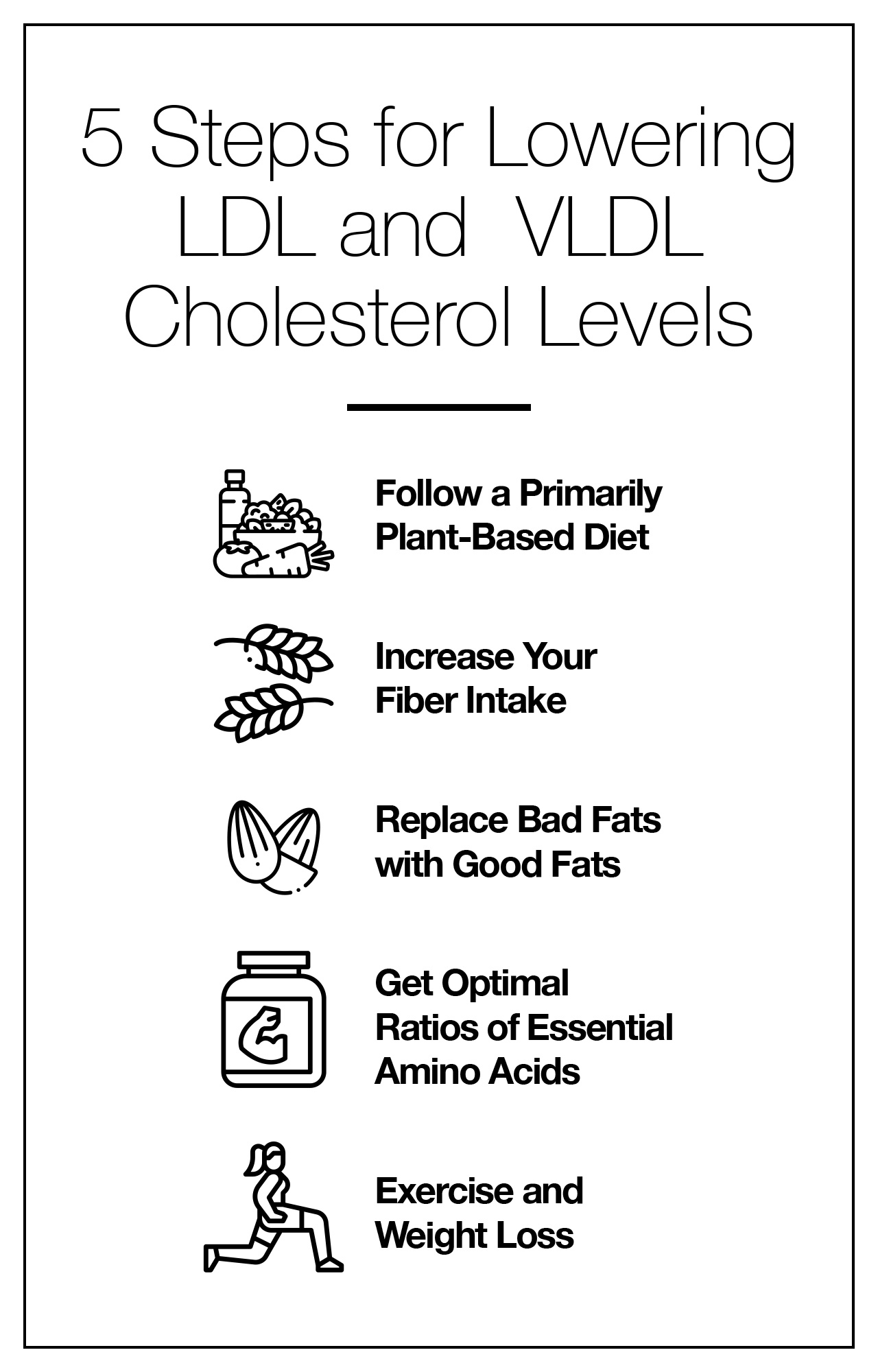
References:
(1) https://www.heart.org/-/media/files/health-topics/cholesterol/chlstrmngmntgd_181110.pdf
